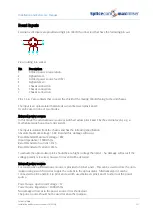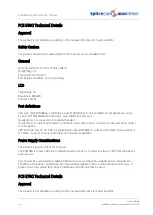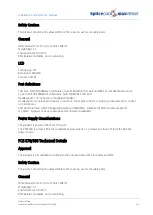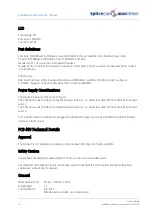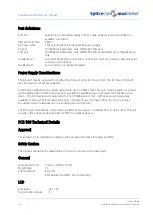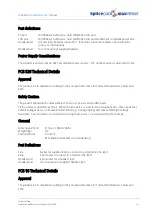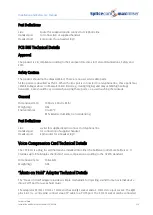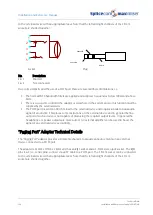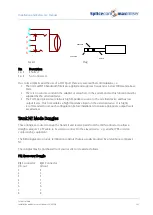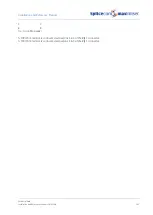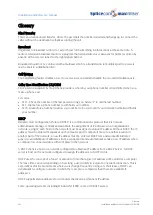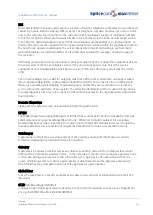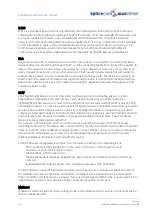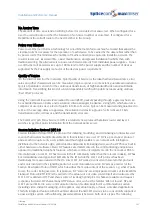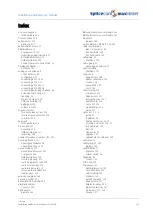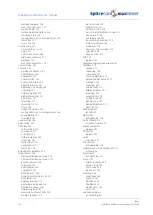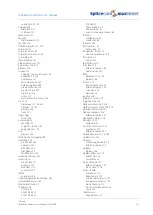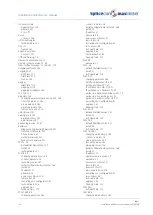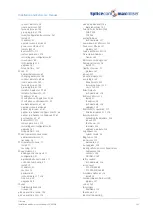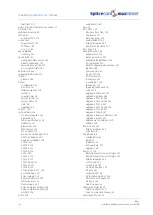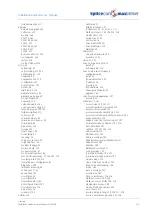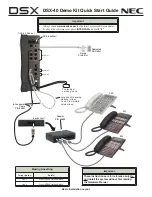
Installation and Reference Manual
Glossary
Installation and Reference Manual v3.2/0410/6
345
DDI
Direct Dial-In (DDI) in Europe and Oceania, is a feature offered by telephone companies for use with their
customers' private branch exchange (PBX) systems. The telephone company provides one or more trunk
lines to the customer for connection to the customer's PBX and allocates a range of telephone numbers
to this line (or group of lines) and forwards all calls to such numbers via the trunk. As calls are presented
to the PBX, the dialed destination number (DNIS) is transmitted, usually partially (e.g., last four digits), so
that the PBX can route the call directly to the desired telephone extension within the organization without
the need for an operator or attendant. The service allows direct inward call routing to each extension
while maintaining only a limited number of subscriber lines to satisfy the average concurrent usage of
the customer.
DDI trunks must be powered by the customer premises equipment. The central office equipment detects
the power state of the line and disables service if the circuit is not powered up. This is the reverse
arrangement from standard plain old telephone service (POTS) lines which are powered by the central
office.
The corresponding service to DDI for outgoing calls from a PBX to the central office exchange is called
direct outward dialing
(DOD) or
Direct Dial Central Office
(DDCO). This service is often combined with
DDI service and allows direct dialing of global telephone numbers by every extension covered by the
service without the assistance of an operator. The caller line identification (CLI) or
caller-id
of extensions
for outgoing calls is often set to the extension DDI number, but may be the organization's central switch
board number.
Domain Characters
Alpha-numeric characters only, no punctuation, beginning with a letter
DPNSS
The Digital Private Network Signalling System (DPNSS) has evolved as the de-facto standard for inter-site
communications between traditional PBXs in the UK. Whilst not formally regulated, it is a voluntary
standard that has been developed by BT in conjunction with major PBX manufacturers over the last two
decades and allows interconnection of equipment from different vendors over the ISDN network.
Gatekeeper
A gatekeeper controls the access into and out of the network ensuring the information is correctly
formatted, translating one transmission type into another
Gateway
A gateway isGlobal User
A User not assigned to a specific Company and is able to view all Users and Departments via their PCS
directories.
GUID (global unique identifier)
A unique string of digits generated to identify an entry within the database such as a User, Department
etc, eg eb3c0700-3386-e813-8567-0007d9001823

